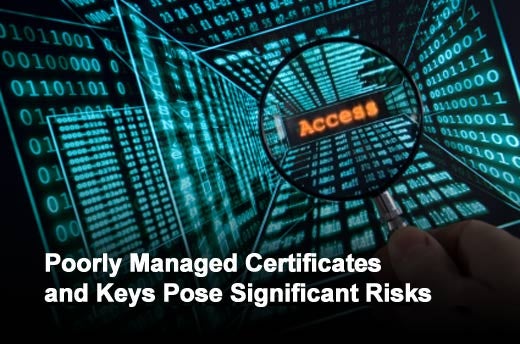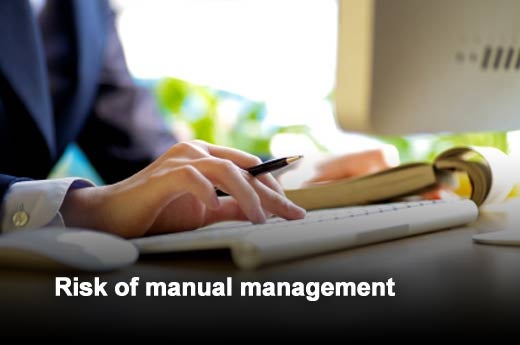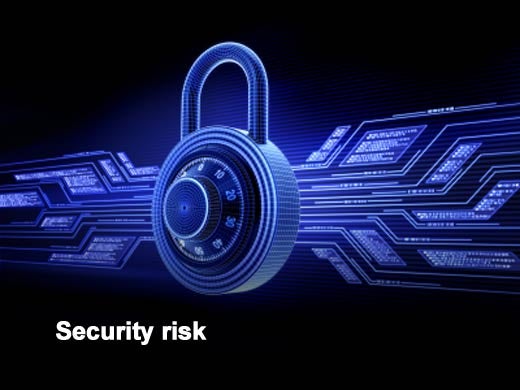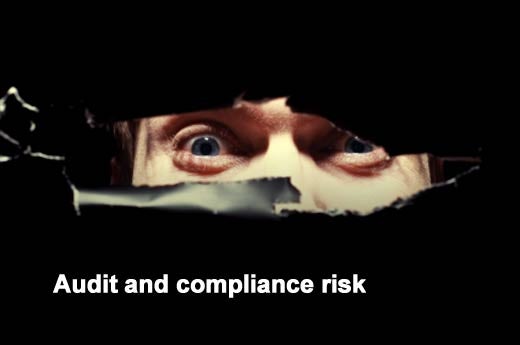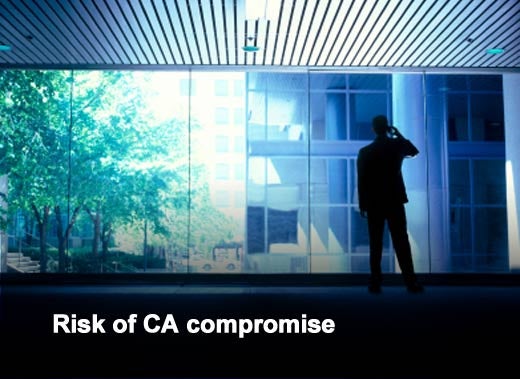Venafi Inc., the inventor and market leader of enterprise key and certificate management (EKCM) solutions, in conjunction with Osterman Research, recently released the results of an extensive survey designed to determine how well organizations understand the risks associated with poor key and certificate management. Based on responses from 174 IT and information-security professionals, the survey reveals a significant lack of knowledge, understanding and oversight, resulting in a series of information-security vulnerabilities.
Fifty-four percent of respondents, for example, admit to having an inaccurate or incomplete inventory of their Secure Socket Layers (SSL) certificate populations. Deploying encryption solutions without maintaining comprehensive certificate and key inventories is a worst practice that jeopardizes vital business systems and processes and exposes organizations to substantial risk of security and compliance incidents.
"The importance of sound certificate management practices is highlighted by the repeated certificate authority (generally referred to as CA) breaches over the past year," said Michael Osterman, president of Osterman Research. "We were startled by the lack of urgency regarding the issue. When considered in tandem with the high-value target CAs represent to hackers, we can predict more CA breaches and more security threats than we saw in 2011."
"Organizations protect mission-critical and often regulated data with hundreds or thousands of encryption keys and digital certificates," said Jeff Hudson, Venafi CEO. "But as this survey reveals, too many companies have inaccurate or incomplete data about their security assets. The unquantified and unmanaged risks these certificates and keys pose is significant — risks magnified through the increasingly pervasive use in corporate data centers, cloud-based systems and mobile devices."
Click through for results from a survey on certificate and key management, conducted by Venafi in conjunction with Osterman Research.
Forty-four percent of respondents admitted to manually managing digital certificates with spreadsheets and reminder notes — another worst practice related to a lack of risk recognition. Certificates and keys require regular maintenance, monitoring, rotation and secure distribution for systems and applications to function properly. Manual handling makes it inherently difficult to track important information — such as certificates' expiration dates and names of issuing certificate authorities (CAs). These challenges can result in unplanned outages that lead to millions of dollars in lost revenue and brand damage.
"To properly manage certificates, organizations must know when certificates are set to expire, what CAs issued them and their encryption-key strengths," Hudson said. "Without knowing these attributes, enterprises have little hope of preventing certificates from unexpectedly expiring — a leading cause of unplanned system downtime. With 76 percent of respondents assuming that their certificate populations will grow in 2012, we know the risks will further escalate."
Forty-six percent of respondents indicated that they could not generate reports to discover how many currently deployed digital certificates were set to expire within the next 30 days. This lack of automation visibility increases the likelihood that expiring certificates will trigger unplanned system outages that last for hours or even days.
Seventy percent said their encryption systems were not integrated with their corporate directories. Directory integration enables a certificate management solution to seamlessly integrate and automatically escalate notifications when certificate owners are unreachable or unresponsive to notification and action requests. Given the high rate of turnover in positions with responsibility for certificate management, lack of integration is causing outages.
Forty-three percent of respondents said they do not have centralized corporate policies that mandate specific encryption-key lengths, certificate validity periods and private-key administration requirements. Best practices and many regulations mandate strong encryption keys and two-year (maximum) certificate validity periods. Failure to enforce these best practices increases an organization's risk of security breaches — such as brute-force attacks on weak encryption keys. Weak keys leave organizations vulnerable to hackers.
Fifty-four percent of respondents admitted to not having automated, repeatable and on-demand methods for providing certificate-population reports to organizational leadership and auditors. The inability to run such reports makes it impossible to maintain accurate and comprehensive certificate inventories.
Sixty-two percent said they did not have automated processes for ensuring corporate-policy and regulatory compliance. The inability to automatically ensure compliance increases the risk of failing internal and external audits. Such failures can result in steep fines, potential employment termination and brand damage. In some cases, regulators can prohibit failing organizations from conducting business online.
Seventy-two percent do not have an automated process to replace compromised certificates if their CA vendor is compromised. In the case of a CA compromise, every minute counts. Finding all affected certificates manually can take days or weeks, but not replacing them immediately can incur significant costs and in the worst case scenario results in a company going out of business.
Forty-four percent of these respondents acknowledged that they were worried, but had not yet re-evaluated their CA compromise and related business continuity strategies, while only 17 percent had.


